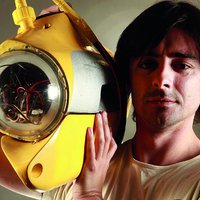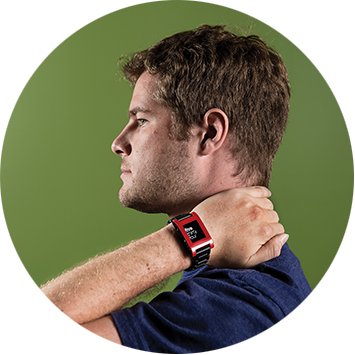Computer & electronics hardware
Eric Migicovsky
How he invented the smart watch.
Photograph by Winni Wintermeyer; data from Pebble

Latin America
Marcos Chaparro
He has created a low cost electrocardiograph that connects to mobile phones and to the cloud

Global
David Fattal
A revolutionary type of 3-D display could provide a new look to moving images.

Latin America
Eduardo Labarca
He has created mini submarines that are controlled online to explore the ocean from any location

Global
Morgan Quigley
Open-source software is making it nearly as easy to program a robot as it is to write an app.
